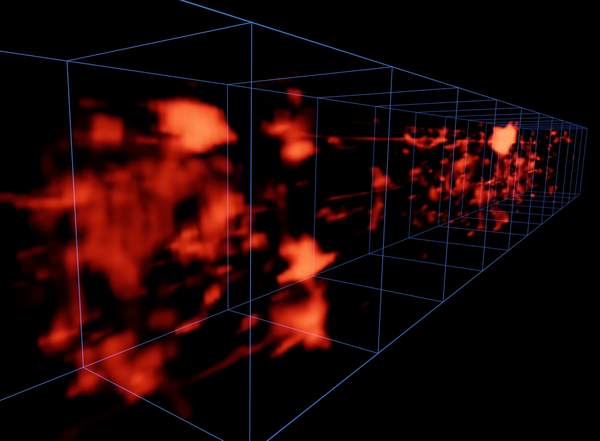Like rivers feeding oceans, streams of gas nourish galaxies throughout the cosmos. But these streams, which make up a part of the so-called cosmic web, are very faint and hard to see. While astronomers have known about the cosmic web for decades, and even glimpsed the glow of its filaments around bright cosmic objects called quasars, they have not directly imaged the extended structures in the darkest portions of space—until now. https://doi.org/10.1038/s41550-023-02054-1
I wonder how accurate the image is? It doesn’t really seem accurate, but we may not have a great or even viable comparison here.
Very cool stuff, though!
deleted by creator
Estimations and theories keep getting modified as and when we use more advanced techniques for various studies. Just today I was watching a video on youtube (Anton Petrov’s channel) about how the data from JWST is making it necessary for scientists to come up with different theories for the evolution of galaxies. The present accepted theories were supported by data from the Hubble telescope, but the higher resolution data from the JWST is making it clear that the theories may need to be reviewed.



